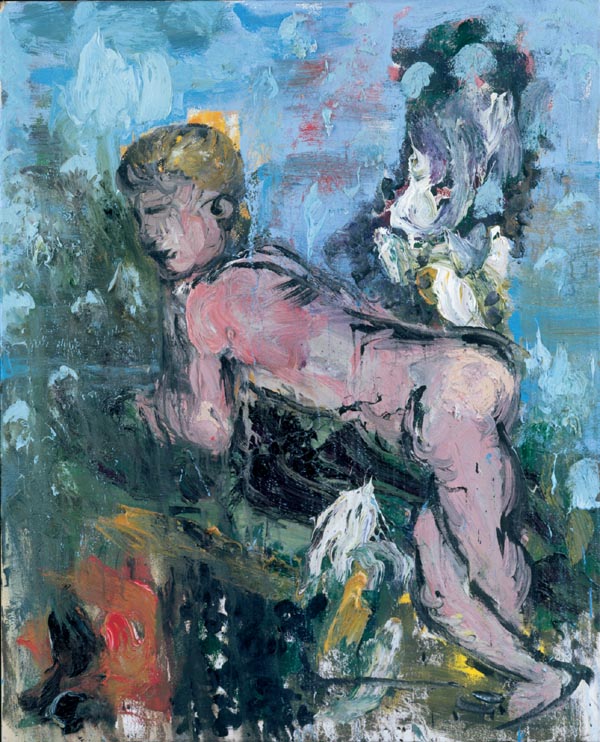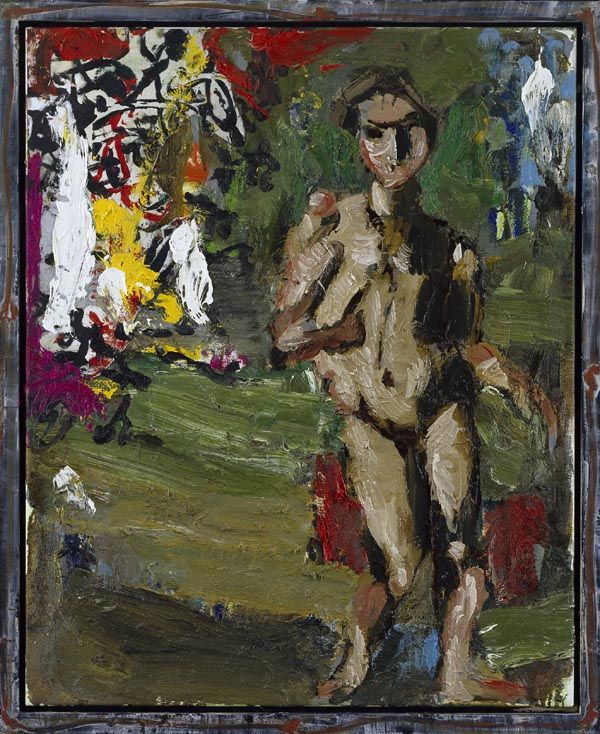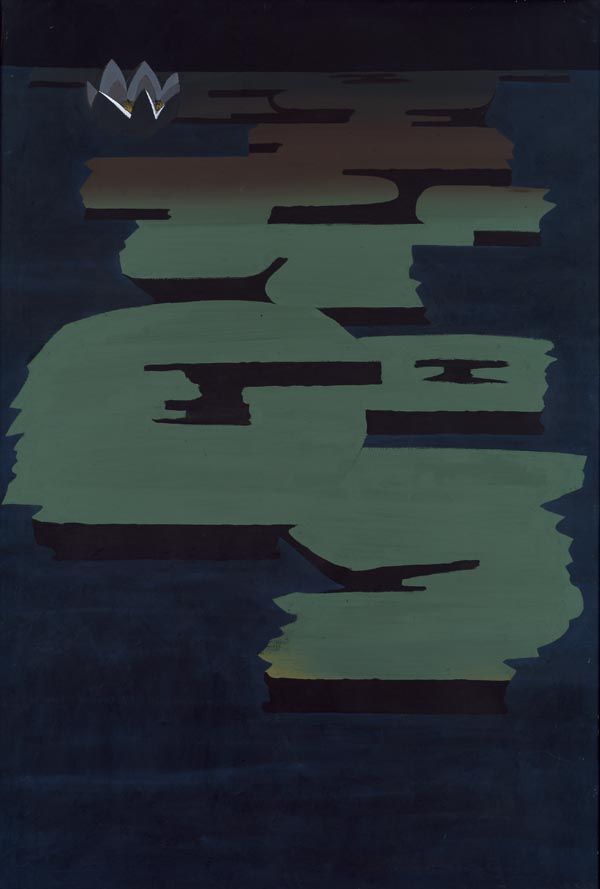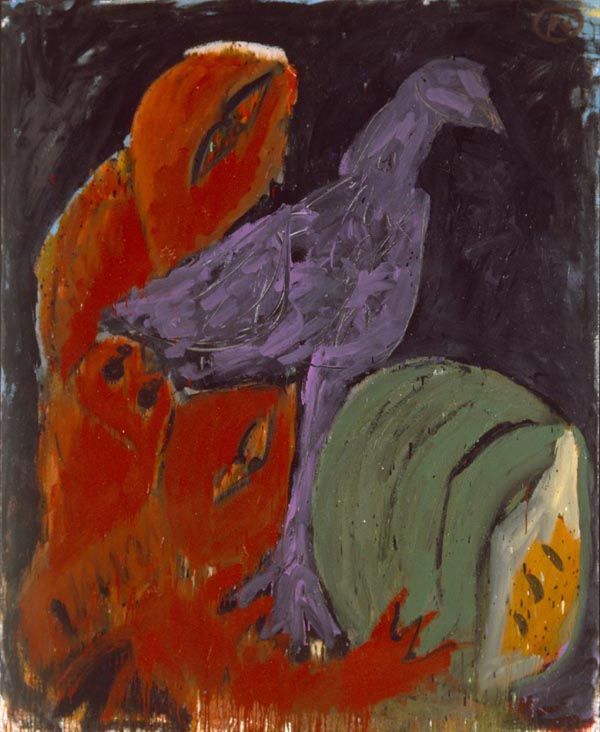Full Art Mode
Exit Full Art Mode by clicking on Page or ESCTouch screen to exit Full Art Mode
skip

review
Markus Lüpertz
06.09.2006 - 05.11.2006



Markus Lüpertz is one of the figureheads of an art that despite all vaguaries of dogma and fashion always adheres to the "traditional" panel painting, which has so often been declared dead. His pictures are always witness to an enormous vitality and power – in the charged field between monumental earthing and fine ornamentation, in connection with the timeless beauty of classical painting.
In the early sixties when he started his career as a painter, Lüpertz saw himself confronted with the dominant art trends – figurative pop-art and abstract expressionism. His answer to both lies in the seemingly incompatible synthesis of pictorial motif and abstraction: Lüpertz calls his abstract compositions "dithyrambs", with reference to the ancient deities of the same name, who stand for the transgression of two phases of life following on from each other, "heads of Janus", as it were. This complex duality of "not only, but also", of the "in between", today forms the conceptional basis of Markus Lüpertz's art. However, he has produced work blocks in which he tends towards narrative and concrete treatment of motifs, above all in his works with "German motifs" from the early seventies (NS steel helmet, canons, Wehrmacht greatcoats, antlers and wheat field), or in numerous paraphrases from the 1980s of Nicolas Poussin's paintings. Yet Lüpertz has no desire to illustrate stories on the canvas, let alone moralise, but faces the challenge of "charging loaded themes" in paint, or converting the compositional strategies of the "old masters" from Poussin to Cézanne and Picasso with his stylistic means. He sees himself as an "abstract painter", without having to be bound to the strict, technical guidelines of non-objective painting.
review
Marc Chagall
Masterworks 1908-1922
15/11/2006 - 18/02/2007
review
